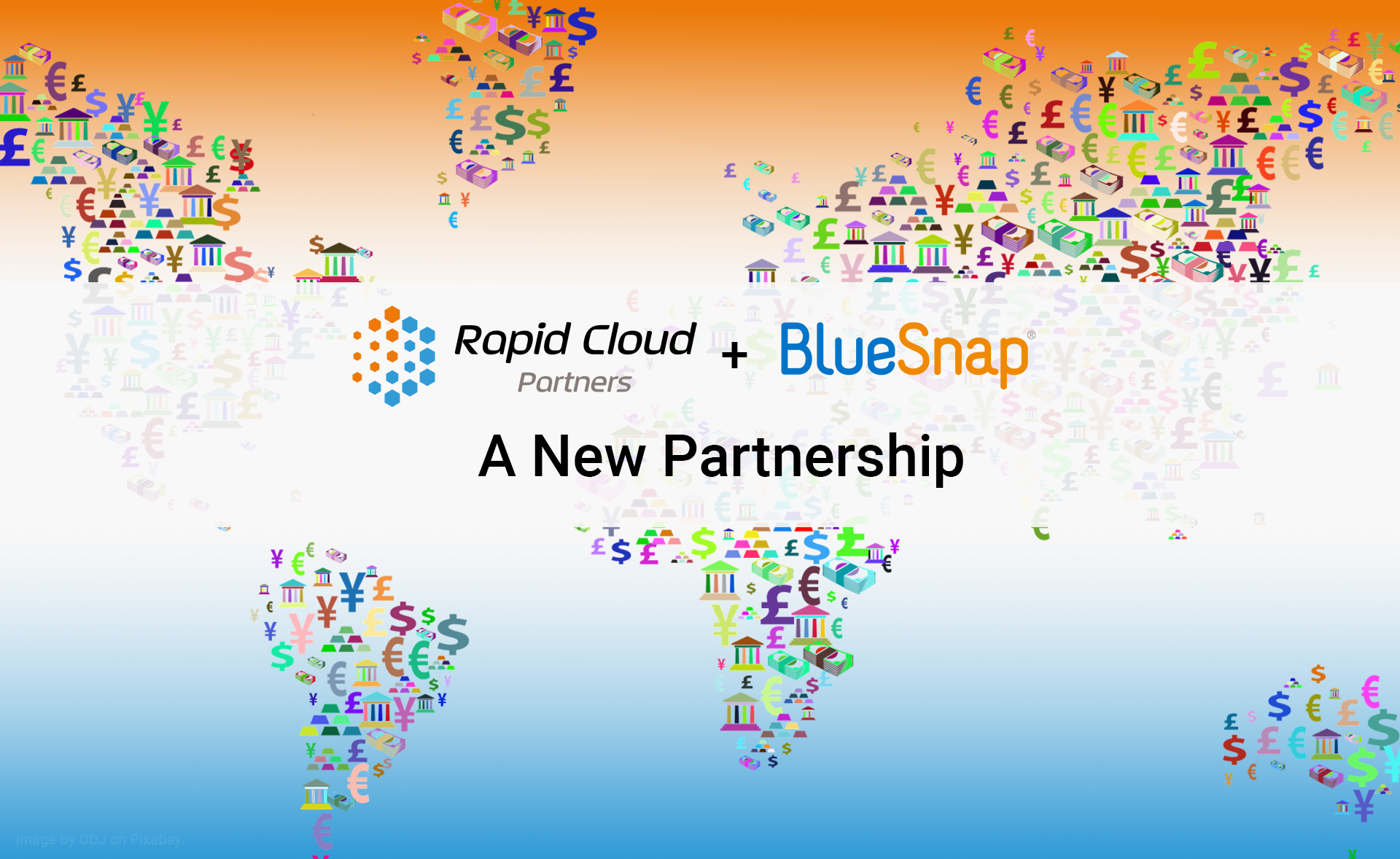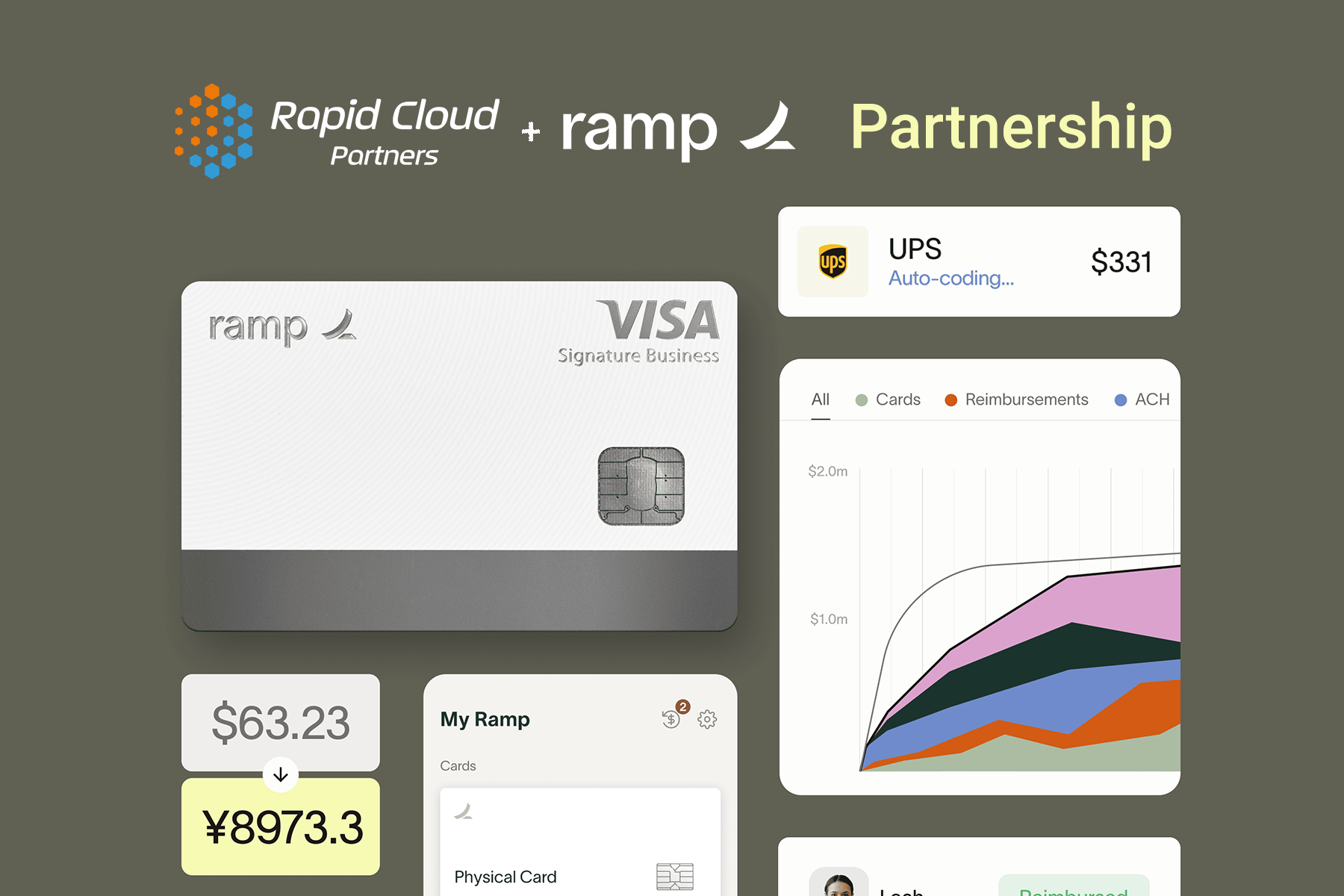It’s safe to say that most seasoned business professionals grew up with Excel®. Remember how excited you were to learn about V-Lookups, or how to concatenate, or to copy and paste a chart into PowerPoint®?
Over the years, Microsoft® constantly reinvented itself and improved the user experience. We increasingly relied on Excel so, of course, we trusted it to help us manage our budgets and other analyses. Here’s the problem: Excel was created for data storage and the manipulation of that data, but not necessarily for complex tasks such as cash flow management, forecasting, budgeting, calculating accounting estimates or reconciling general ledger accounts.
There are a lot of reasons to convert from Excel to cloud-based software or online business intelligence tools such as Quickbooks® or Tableau™. Certainly, #1 is human error, such as double data entry or overwrites, which occur in up to 88% of spreadsheets* and those errors tend to have a waterfall effect**. That’s not all. Excel lacks version control or tracking changes from multiple users. Plus, using Excel can be time-consuming, resulting in decreased productivity.
There’s good news. Online business intelligence tools capture all data in one place for tracking and analyzing. The data can be sliced, diced, expanded or collapsed with a click or two, and some platforms offer mobile apps for on-the-go KPI checks. Modern accounting systems are user-friendly and can be installed for you by the team at Rapid Cloud Partners, who have decades of experience as both client and provider. We understand your goals.
While this all may seem uber modern and out of your wheelhouse, consider that 1 in 10 business owners report waiting too long to replace Excel with an automated accounting system**. If you’re still using Excel to reconcile your general ledger accounts, perhaps your next consideration should be to become part of the 90% that chose NOT to wait. Contact RCP to get started.
Sources:
*Market Watch
**Quickbooks.Intuit.com






